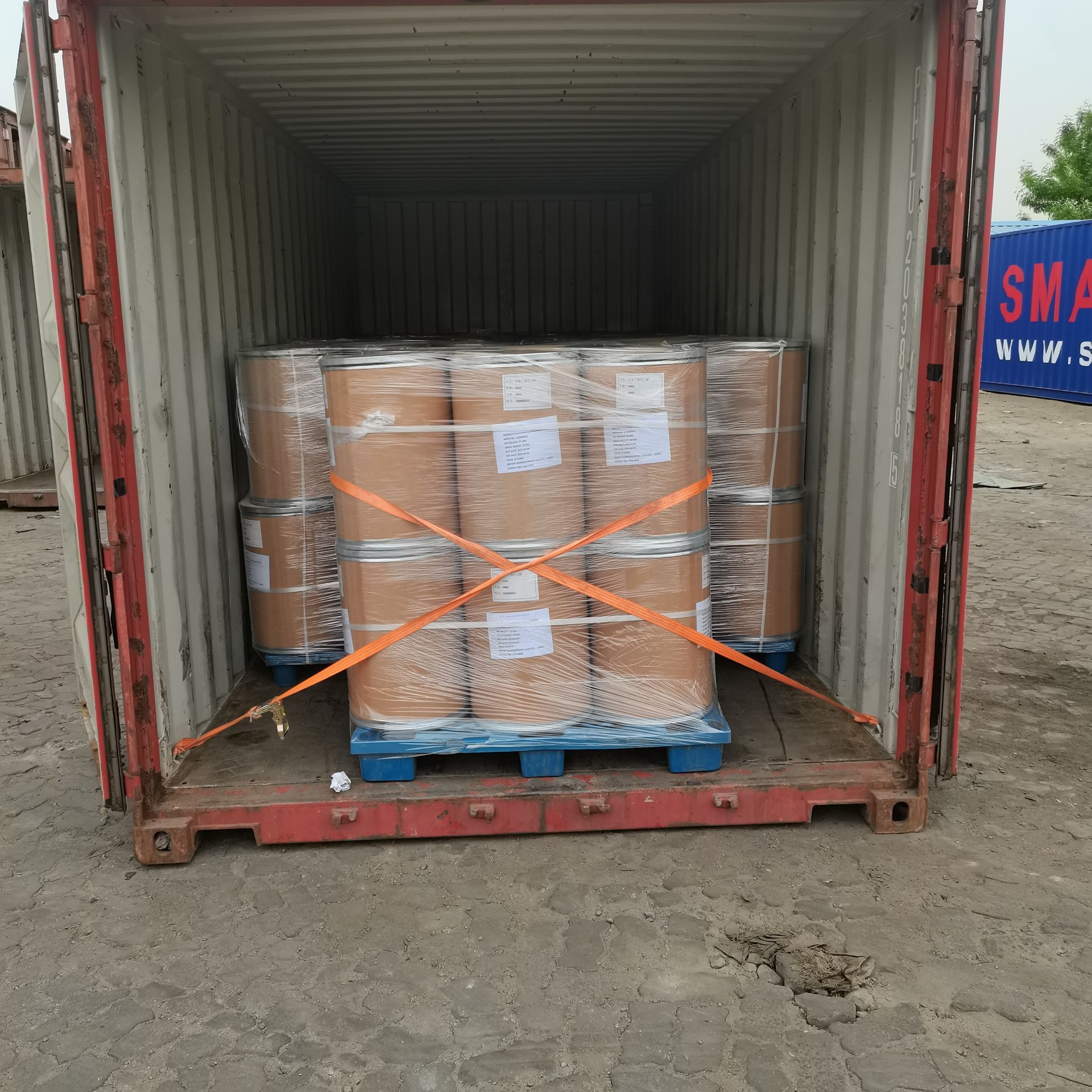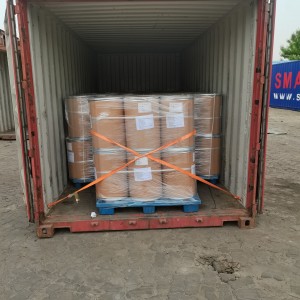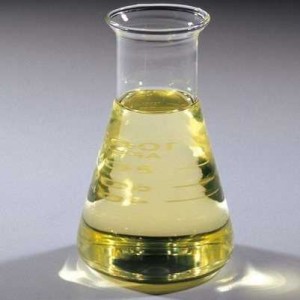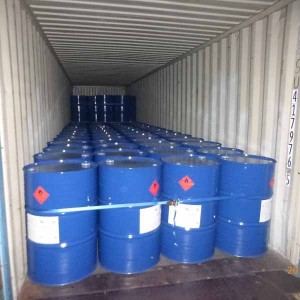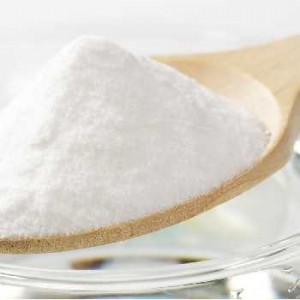CAS 25013-16-5 Butyl hydroxyanisole
Butylhydroxyanisole (BHA) CAS 25013-16-5, also known as tert butyl-4-hydroxyanisole, has the chemical formula C11H16O2 and two isomers: 3-BHA and 2-BHA, generally referring to a mixture of the two.
Chinese name: Butyl hydroxyanisole
Foreign name: Butyl hydroxyanisole (BHA)
Chemical formula: C11H16O2
Molecular weight: 180.244
CAS: 25013-16-5
Chemical property
It has a specific odor of phenols and a pungent odor, usually a mixture of 3-BHA and 2-BHA. The melting point varies with the mixing ratio, for example, the melting point of BHA with 3-BHA accounting for 95% is 62 ℃.
Volatility with single phenolic characteristics, slightly volatile in pig fat at 61 ℃. Almost no hygroscopicity. It is quite stable to heat, and the color darkens after prolonged exposure to light, making it more stable under weakly alkaline conditions.
The antioxidant effect of 3-BHA is 1.5-2 times stronger than that of 2-BHA, and the combination of the two has a synergistic effect. The antioxidant effect of 0.02% dosage is 10 times stronger than that of 0.01% dosage, but when the dosage exceeds 0.02%, the effect actually decreases.
Butyl hydroxyanisole is relatively stable to heat and is not easily destroyed under weak alkaline conditions, making it a good antioxidant. BHA has a more effective antioxidant effect on animal fats than on unsaturated vegetable oils. Especially suitable for baking products that use animal fat. BHA has the characteristic of discoloration due to its interaction with alkaline earth metal ions, so iron and copper containers should be avoided during use. Mixing chelating citric acid or tartaric acid with this product not only enhances efficiency but also prevents coloring caused by metal ions. BHA has a certain degree of volatility and can be distilled by water vapor, so it is easily lost in high-temperature products, especially in boiled and fried products. BHA can also be used as a packaging material for food.
Application
Butyl hydroxyanisole, as a fat soluble antioxidant, is suitable for oily and fat rich foods. Due to its good thermal stability, it can be used under frying or roasting conditions. In addition, butyl hydroxyanisole has a strong antioxidant effect on animal fats, while its antioxidant effect on unsaturated plant fats is poor. Butyl hydroxyanisole can stabilize the pigment of raw beef and inhibit the oxidation of ester compounds.
The combination of butyl hydroxyanisole with sodium tripolyphosphate and ascorbic acid can delay the spoilage of frozen pork chops. Butyl hydroxyanisole can slightly extend the shelf life of spray dried whole milk powder and improve the shelf life of cheese. Butyl hydroxyanisole can stabilize the color of chili peppers and chili powder, preventing oxidation of foods such as walnuts and peanuts. Adding butyl hydroxyanisole to baking oil and salt can maintain the aroma of roasted food and salty peanuts. Extend the shelf life of baked goods. Butyl hydroxyanisole can be mixed with other fat soluble antioxidants for better effectiveness. The combination of butyl hydroxyanisole and dibutyl hydroxytoluene can protect carp, chicken, pork chops, and frozen smoked pork slices. Adding a mixture of butyl hydroxyanisole or dibutyl hydroxytoluene, propyl gallate, and citric acid to butter used in candy making can inhibit candy oxidation.
ChemicalCAS.com offers price quotation and technology support of chemical from China. In the quotation from China factory supplier, we will include price terms, payment, lead time, COA, TDS, MSDS etc. We make sure the reliable purchase source and product quality. If you need to buy chemical from China, please feel free to contact sales@chemicalcas.com






